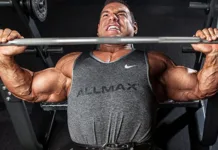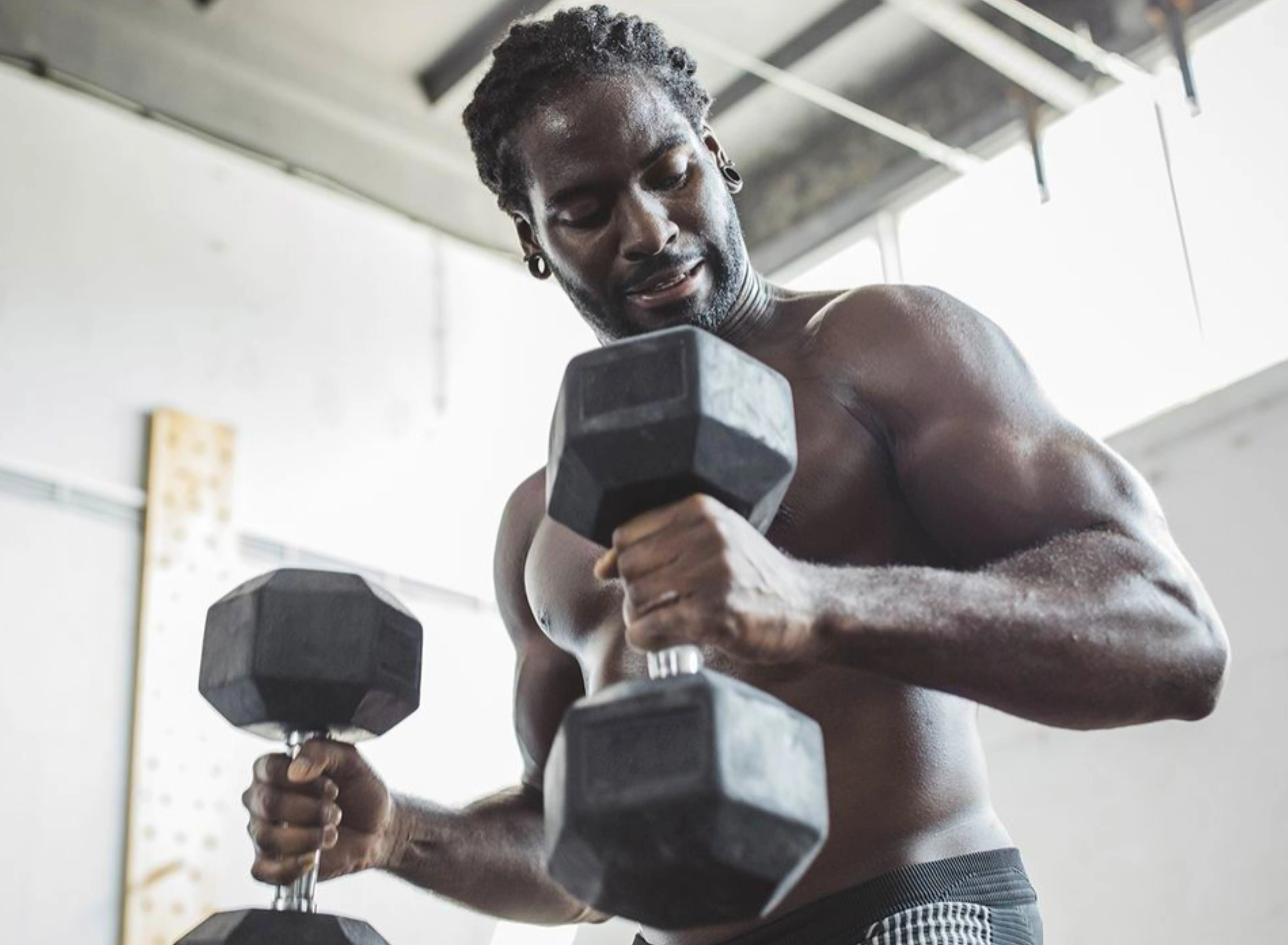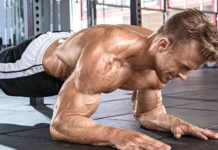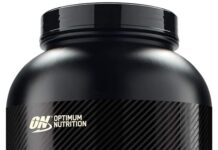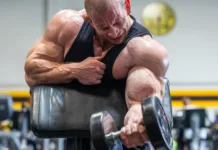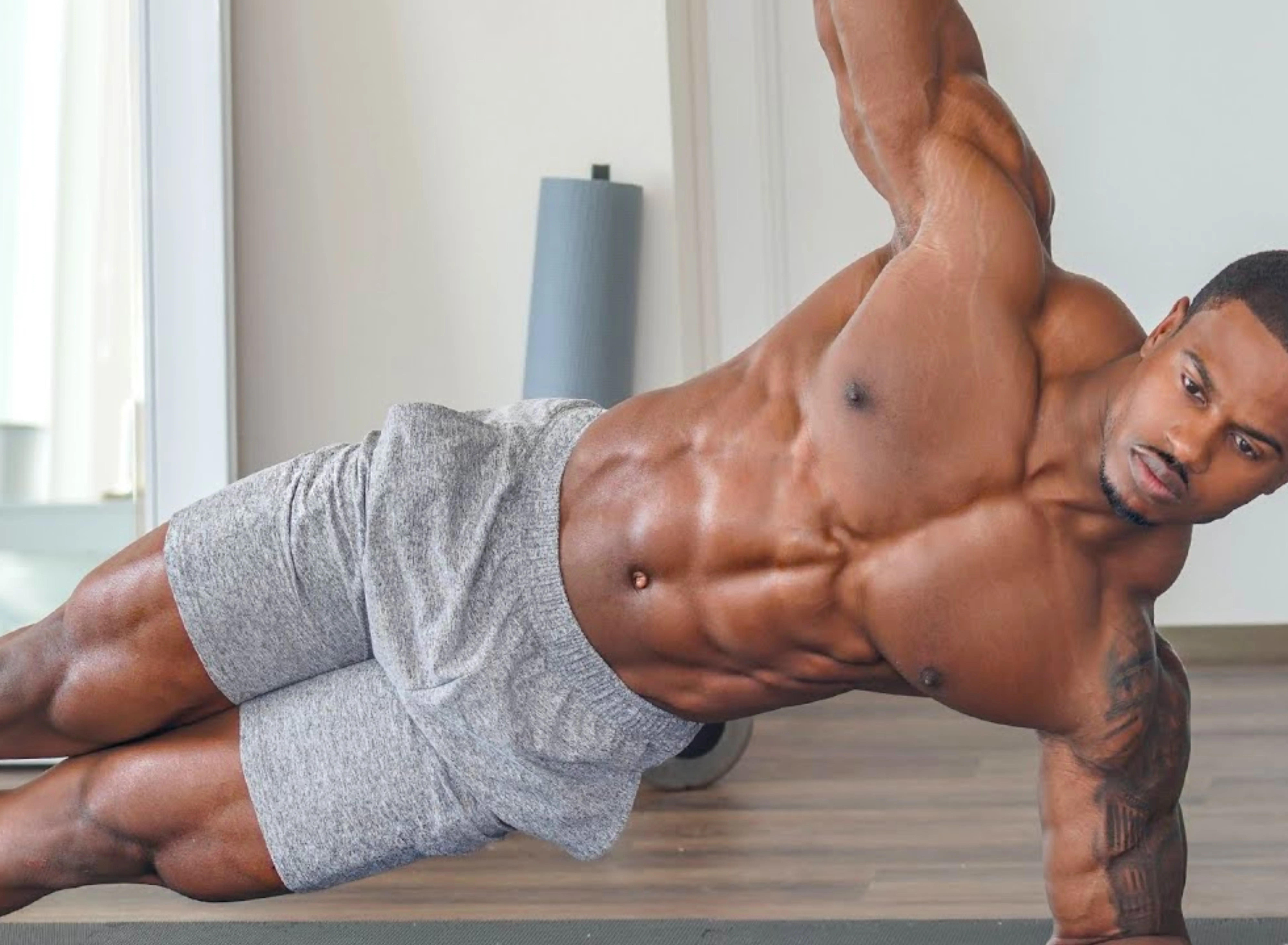Strong, defined shoulders are a cornerstone of a balanced physique and a symbol of upper-body strength. They contribute to athletic performance, improve posture, and enhance overall aesthetics. However, achieving your shoulder development goals can be challenging.
If you’re looking to unlock the full potential of your shoulders, here are the 3 best “great tips” to incorporate into your training routine:
1. Master the Multi-Joint Movements:
While isolation exercises have their place, the foundation of effective shoulder training lies in compound exercises, also known as multi-joint movements. These exercises engage multiple muscle groups at once, stimulating greater muscle growth and building overall strength. Here are three key multi-joint movements to focus on:
- Overhead Press: This exercise reigns supreme for shoulder development. It targets the front deltoids, triceps, and core, allowing you to lift heavier weights compared to isolation exercises. Choose variations like the barbell overhead press, dumbbell press, or seated press for added variety.
- Rows: While primarily targeting the back muscles, rows also play a crucial role in shoulder development. They work the rear deltoids, which are responsible for shoulder stability and posture. Incorporate variations like barbell rows, dumbbell rows, or seated cable rows for comprehensive development.
- Dips: This bodyweight exercise is a powerhouse for building triceps and anterior deltoids. It requires good control and stability, allowing you to progressively overload the muscles as you gain strength. You can perform dips on parallel bars, a dip station, or even elevated surfaces using chairs or benches
2. Don’t Neglect the Rear Delts:
Many individuals prioritize the front deltoids, leading to an imbalance that can affect posture and increase the risk of injury. The rear deltoids, often referred to as the “forgotten muscle,” deserve equal attention. Strong rear delts not only improve shoulder aesthetics but also contribute to proper shoulder mechanics and injury prevention. Here are some exercises to focus on:
- Face Pulls: This exercise directly targets the rear deltoids, promoting healthy shoulder rotation and posture. You can perform face pulls using cables, resistance bands, or machines.
- Reverse Flyes: This exercise isolates the rear deltoids, allowing you to target them with greater focus. Use dumbbells, cables, or machines to perform reverse flyes with proper form and controlled movements.
- Y-T Raises: This exercise combines external and internal shoulder rotation, engaging various muscles in the shoulder complex. You can perform Y-T raises with dumbbells or cables, focusing on smooth and controlled movements throughout the range of motion.
3. Prioritize Proper Form and Mind-Muscle Connection:
Lifting heavy weights is tempting, but proper form is paramount for effective and safe shoulder training. Using controlled movements throughout the entire range of motion ensures you target the intended muscles and minimizes the risk of injury. Additionally, focus on establishing a mind-muscle connection. Actively feel the targeted muscles working during each exercise repetition. This connection improves muscle activation, leading to better results and a deeper understanding of your body mechanics.
If you want to know how I approach shoulder training you’re going to love this article.
-
1 No Lockout with Overhead Press
-
2 Keep The Tension
Check Out Our List Of The Best Supplements For Building Muscle, Shredding Muscle, Recovery, And Great Health, and Wellness Products! Purchase ifbnewsfeed.org‘s apparels Here: ifbnewsfeed.org
Bonus Tip: Progressive Overload is Key:
To stimulate continuous growth, your muscles need to be challenged progressively. Gradually increase the weight, sets, or reps over time as you get stronger. This keeps your muscles adapting and prevents plateaus in your progress.
Remember, consistency is crucial. By incorporating these tips into your regular training routine and maintaining a consistent approach, you can unlock the full potential of your shoulders, achieving both strength and aesthetics.
Related Articles:
- The “7 Best Muscle-Building Shoulder Exercises” You MUST Do In Your Delts Training Day
- Build Up “Crazy Shoulders” By Using Shoulder Pressing To Build Big Deltoids







